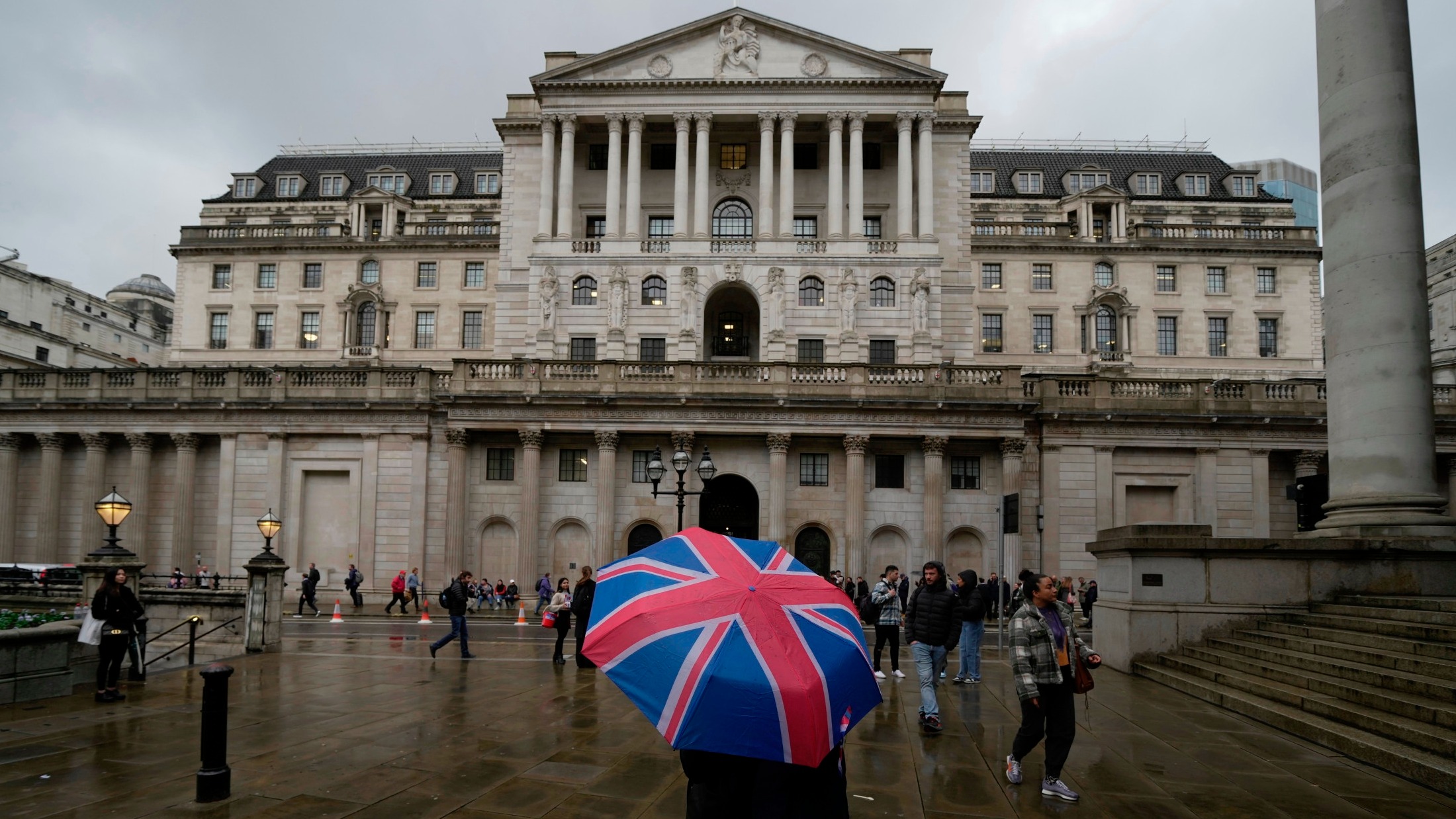
BoE Raises Interest Rates to 4.5% Amid High Inflation Concerns
Central Bank Balances Inflation Risks with Economic Outlook as Market Awaits Decision
The Bank of England is expected to raise interest rates to their highest level since 2008 on Thursday, following official data showing inflation remaining stubbornly high. This would be the 12th consecutive increase by the central bank since they began raising rates in December 2021. Similar moves have been made by the US Federal Reserve and the European Central Bank.
Economists and market analysts nearly unanimously anticipate a quarter of a percentage point increase, from 4.25% to 4.5%. This decision follows the Bank of England's Monetary Policy Committee (MPC) meeting in March, where they indicated they would continue to monitor inflationary pressures before raising interest rates again.
Recent data revealed that inflation in March stood at 10.1%, considerably higher than the Bank of England's February forecast of 9.2%. This, coupled with rising wage pressures and stronger economic data, has led economists to believe the threshold for further rate increases has been reached.
The Bank of England's updated forecasts will factor in the higher-than-expected inflation rate for March. However, officials still expect price pressures to ease quickly throughout 2023 as last year's surge in energy prices drops out of the annual comparison. The fall in energy prices, now at 82p per therm compared to 189p in the previous forecast, will allow the Bank of England to revise its predictions and potentially avoid a recession this year.
The MPC will continue to be cautious about future interest rate increases, emphasizing that moves will be "data-dependent" with no bias for further tightening or loosening. Policymakers are increasingly concerned about a potential wage-price spiral, and the central bank is closely monitoring companies' pricing decisions.
Despite the Bank of England's cautious approach, traders continue to bet on further tightening, with the futures market indicating borrowing costs will finish the year at close to 5%.
The U.K. economy has demonstrated resilience, with GDP remaining flat in February due to widespread strikes and the cost-of-living squeeze impacting activity. The labor market, however, continues to show strength. With the economy expected to underperform compared to its peers over the next two years, the Bank of England faces a challenging balancing act.
Some economists believe that the MPC may follow the lead of the US Federal Reserve, signaling that the end of the tightening cycle is in sight. Updated forecasts will be released on Thursday, with many expecting a more optimistic growth outlook and a shallower medium-term inflation path than previously predicted.
The global economic landscape is also a significant factor in the Bank of England's decision-making process. With rising geopolitical tensions, international trade disruptions, and the lingering effects of the COVID-19 pandemic, the central bank is facing increased challenges in managing monetary policy.
Furthermore, the U.K. is still experiencing the long-term effects of Brexit, as businesses continue to adapt to new regulations and trade agreements. The Bank of England must consider these factors in its approach to interest rates, ensuring that it does not inadvertently destabilize the economy while attempting to control inflation.
Another issue facing the Bank of England is the potential impact of interest rate increases on households and businesses. Rising rates can lead to higher borrowing costs, which could result in reduced consumer spending and business investment. This, in turn, may slow down economic growth, creating a challenging feedback loop for the central bank to navigate.
The Bank of England will also need to be mindful of the global trend towards sustainable development and the transition to a low-carbon economy. Climate change and environmental concerns are increasingly relevant for central banks worldwide, with some, like the European Central Bank, making climate-related risks a core part of their mandate. The Bank of England may need to consider the implications of its interest
rate decisions on the U.K.'s progress towards achieving its environmental and sustainability goals. The central bank's policies may impact green investment, energy prices, and the overall pace of transition to a low-carbon economy.
One key challenge for the Bank of England is to ensure that its monetary policy framework remains flexible and adaptable to the rapidly evolving economic and environmental landscape. This may involve refining the bank's inflation-targeting strategy, incorporating more environmental and sustainability factors into its decision-making process, and actively engaging with stakeholders to better understand the interplay between monetary policy and the green transition.
Additionally, the Bank of England may need to coordinate more closely with other central banks and international organizations to develop a global approach to managing the economic, social, and environmental challenges posed by climate change. This could involve sharing best practices, engaging in joint research efforts, and developing common guidelines for assessing and managing climate-related financial risks.
















